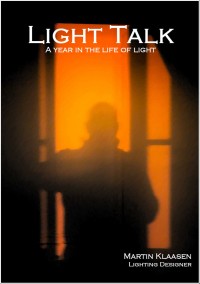Easy does it
Singapore 21th July 2011
Installation and maintenance are not always at the forefront of all designers but it should. Before something can look nice it has to be installed and in order to still look nice when you come back it should be easy to operate and maintain. Sounds logical right? But unfortunately as part of the ongoing quest by so many to do things on the cheap both of these issues often bite the dust.
Easy installation does not mean cheap installation, on the contrary. Note that I am talking about the quality of the lighting product not the actual lighting design. Part of our lighting design is of course location and accessibility, but assuming we have done that right, I am talking about the fitting quality. Today we had the visit of the WE-EF representative in the region who came to demonstrate his latest inground fixtures. While performance has always been at the core of this brand one of the features that has gone from strengths to strengths is undoubtedly the ease of installation and maintenance. The thouht behind it not necessarily being to make life easier for the installation/ maintenance contractor (though it ofcourse is) but most of all to eliminate as much as possible any possible mishaps that always happen along the way.
Typical issues with inground light fittings are location and integration of the fitting with the ground works. WE-EF was one of the first in the industry to provide block outs as part of the fitting design allowing you to install the block out at an early stage to integrate with the soft of hardscape and electrical works. The actual fitting then being poppd in at the very last moment to minimise exposure to dirty and damaging site conditions. One of the key issues in inground fixtures is further the integrity of its IP classification. Covers are often sealing of the lamp compartment but undoing the bolts/ screws that hold it together and refixing them properly afterwards have always been a weak point certainly with contractors wo generally have little ownership with the project, let alone the fitting. So creating a fitting where the cover can remain in place for installation and lamp replacement, minimising any impact on its IP rating is a real feature that should support prolponged quality of the lighting effects! Something we as lighting designers really cherish!
In Light Watch an example of inground lights as applied in one of my lighting designs; The Line Restaurant in Singapore’s Shangri-la. Maintaining the integrity and perforance of the lights is key!

Light Watch 127: In-ground lights at The Line

 The long awaited book compilation of Martin's first year of blogging is available. Order now.
The long awaited book compilation of Martin's first year of blogging is available. Order now. Feedspot Top 100 Lighting Blogs
Feedspot Top 100 Lighting Blogs